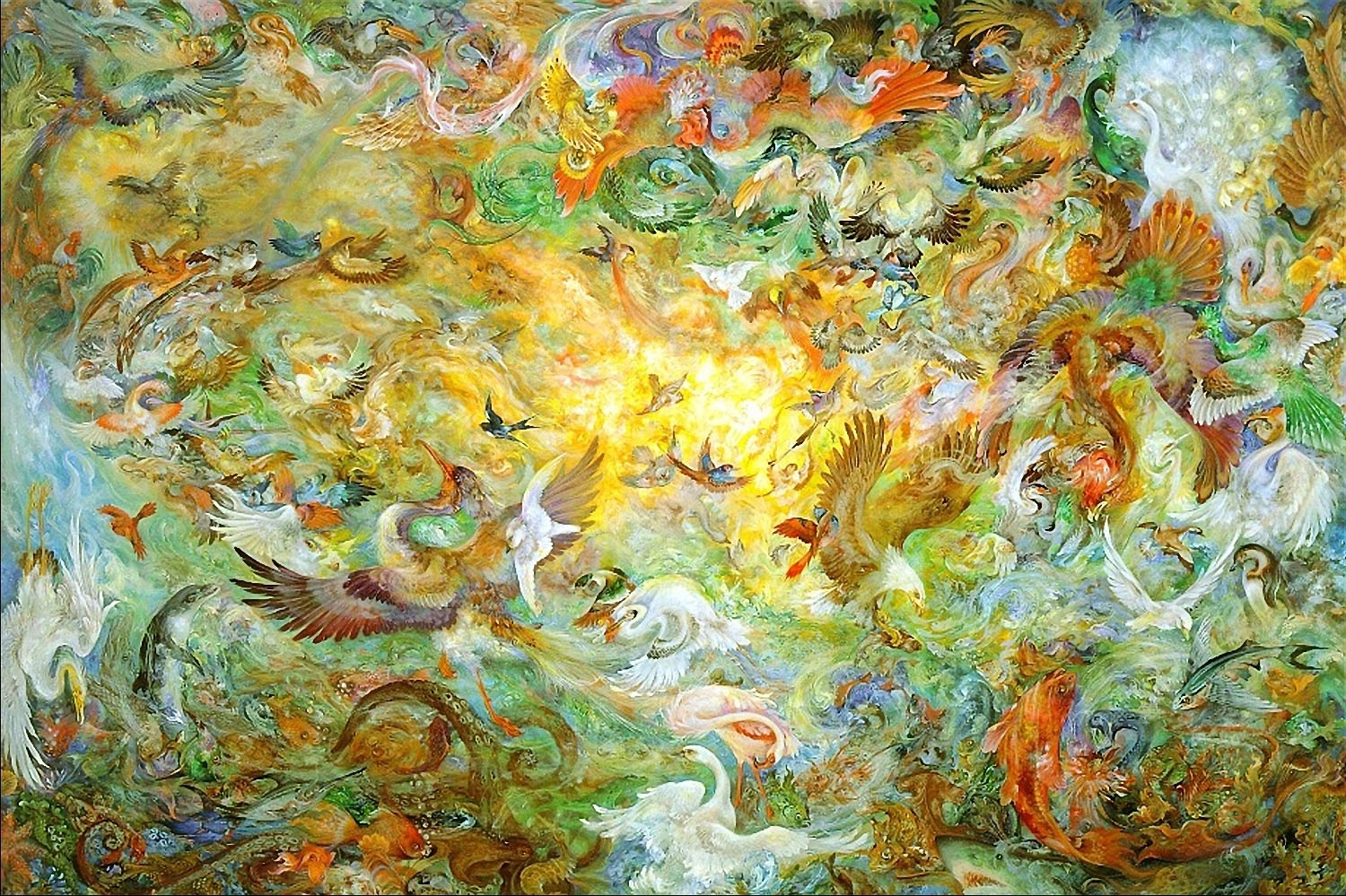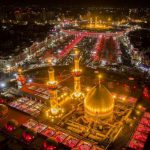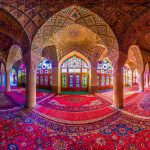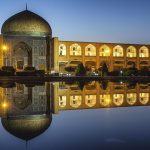Persian Handicrafts
Iranian art and architecture reflect a 5,000 year old cultural tradition with a significant development over the history. Numerous artists have produced beautiful items which are known throughout the world. Cultural properties of Persia are one of the richest art heritages and handicrafts in world history and distinguished in many disciplines, including architecture, painting, weaving, pottery, calligraphy, metal working and stone masonry. The most famous of Iranian handicrafts includes Persian Carpet, Minakari (Enameling), Miniature, Khatamkari (marquetry), and Ghalamzani (Persian Metalworking).
As one of the traditions of ancient Persia, handicrafts are preserved in the culture of the nation and passed on from generation to generation. Today handmade products are highly regarded outside Iran as a unique art. Popular ways of Iranian handicraft are true masterpieces, and each of them has its own history.

Persian Carpet
The art of carpet weaving existed in Persia in ancient times. The first documented evidence on the existence of Persian carpets comes from Chinese text dating back to the Sassanid period (224 – 641 AD). Persian Carpet is an inseparable item from Iranian art and culture. The “traditional skills of carpet weaving” in Fars Province and Kashan City were inscribed as Intangible Cultural Heritage Lists of UNESCO in 2010.
Carpet-weaving is undoubtedly one of the most distinguished manifestation of Persian culture and art. The exquisitely intricate patterns and natural dyes have rendered it the most sought after hand-made weave in the world with acknowledgement of superiority in every aspect.
The pattern of carpets reminds you of the Persian garden which is full of florae, birds, and other animals. Wool, cotton, and silk are the most common materials in carpet weaving. Traditional dyes used in Persian carpets are taken from plants and insects. As an example, red from “Madder”, yellow from “onion”, and black from “Oak apples”.

Persian Pottery
Prominent archeologist Roman Ghirshman said: “the taste and talent of these people {Iranians} can be seen through the designs of their earthenware.”
Almost every historical site of Iran is filled with earthenware of exceptional quality. The occupation of the potter has a special place in Persian literature. This is the most continuous art of the plateau. The history of the art of pottery in Iran goes back to the ancient times. Gradually simple earthenware were decorated with geometrical designs. In fact Iran can be called the birthplace of designed earthenware utensils.

Minakari (Enameling)
Minakari or ornamental painting on the metal surface is one of the oldest forms of art in ancient Persia and in modern Iran. Minakari is a miniature painting on ceramics and metal: bright colors, unique images, and forms of minakari make each piece truly unique.
The art of Minakari or Enameling is the art of fire which is used to make decoration on metal and tile with mina glaze. The patterns used for enamel works are traditional designs depending on the preferences of the artist. In Iran, enameling is mostly done on copper and silver. Enamel working and decorating metals with colorful and baked coats is one of the distinguished courses of art in Isfahan.

Miniature
The Persian miniature is a rich and detailed painting with religious or mythological patterns. According to the evidence the art of miniature painting in Persia started from early centuries in early post-Islam and after the collapse of Sassanians. However, the art has flourished in the 13th century during the Safavid dynasty. One of the specifications of Iranian miniature is the bright coloring in which the pigments are mineral-based.
The earliest painted miniatures appeared in horizontal orientation without any frame. The vertical format first introduced in the 14th century.
The name minakari comes from the word “minou” which is translated as “sky” or the azure color of the sky. This shade prevails in painting. Minakari was invented in the era of the Sassanid dynasty (224 – 651 years). During the reign of Safavid, the French traveler mentioned an enameled object in his notes; those objects were decorated with bright colored birds and animals, floral patterns and ornaments.

Khatamkari or Persian Mosaic
Ancient Persia, today, modern Iran, strikes with traditions and culture. The rich heritage of ancient Persia is kept and passed on from generation to generation. Persian mosaic (khatam) is another kind of the ancient art. Once khatam was a craft of incrustation with wood, which turned into a real art and became popular throughout the world.
The oldest item of Khatam-Kari art is dated back to the Safavid period, however, there is no evidence when the art started exactly. There are some similar works in other countries such as Syria and Lebanon but the cradle of Khatam-Kari is Iran.
Khatam Kari is the art of decorating wooden surfaces with small mosaic-like veneers in the form of triangles made of different woods and materials. These materials include Areca wood, Ebony, the wood of Citron Tree, Jujube wood, and bones of camel, horse, and cow.
Isfahan city has been the main center of Khatam working in Safavid period but, then it became popular in Shiraz.

Ghalamzani (Engraving)
Engraving (Ghalam Zani) is the art of carving superb designs on various metals such as copper, brass, silver and gold. Isfahan is the main center for engraving. The historical discoveries belonging to the ancient times as the Sassanid (700AD), the Seljuk – (100 AD) and the Safavid (1600 AD) dynasties indicate a few of the outstanding metal work periods. Ghalam-Zani patterns are usually trees, human, animal, and detailed miniature shapes. The work is usually used for plates, trays, vases, and etc.
According to the historical evidence, the history of engraving has not been too far from the time when man discovered and used the metals. The historical discoveries found items belonging to the ancient times of Sassanid (700AD), and the Seljuk (100 AD). Some of the outstanding metalwork have been done during the Safavid dynasty in 1600 AD.





